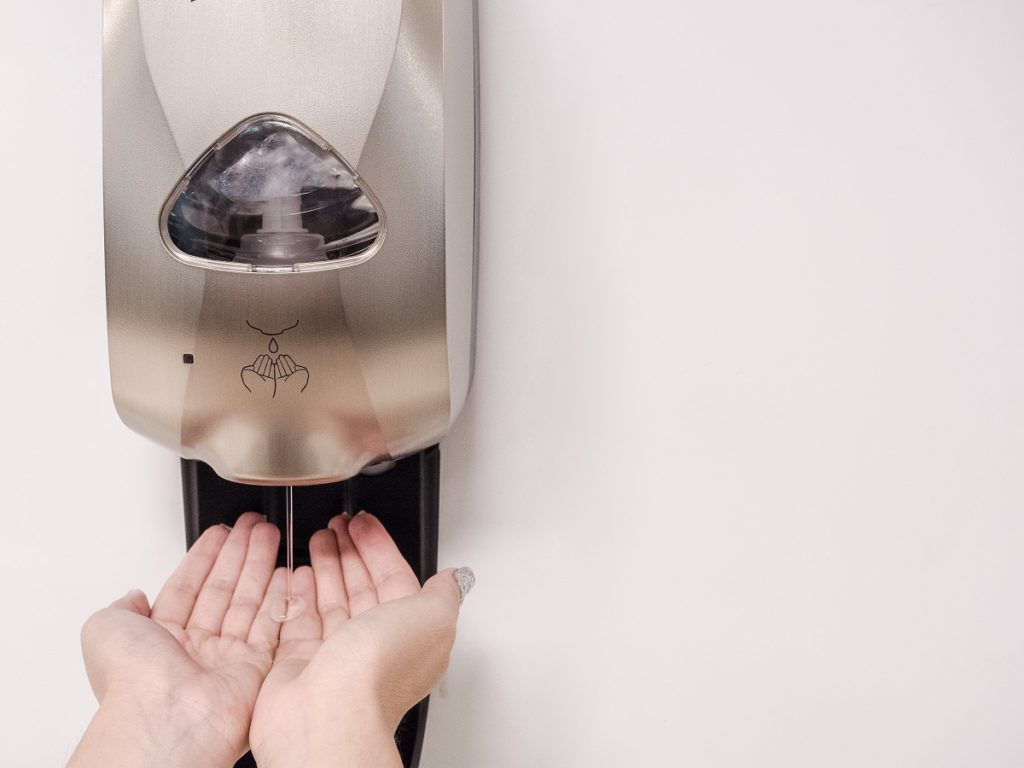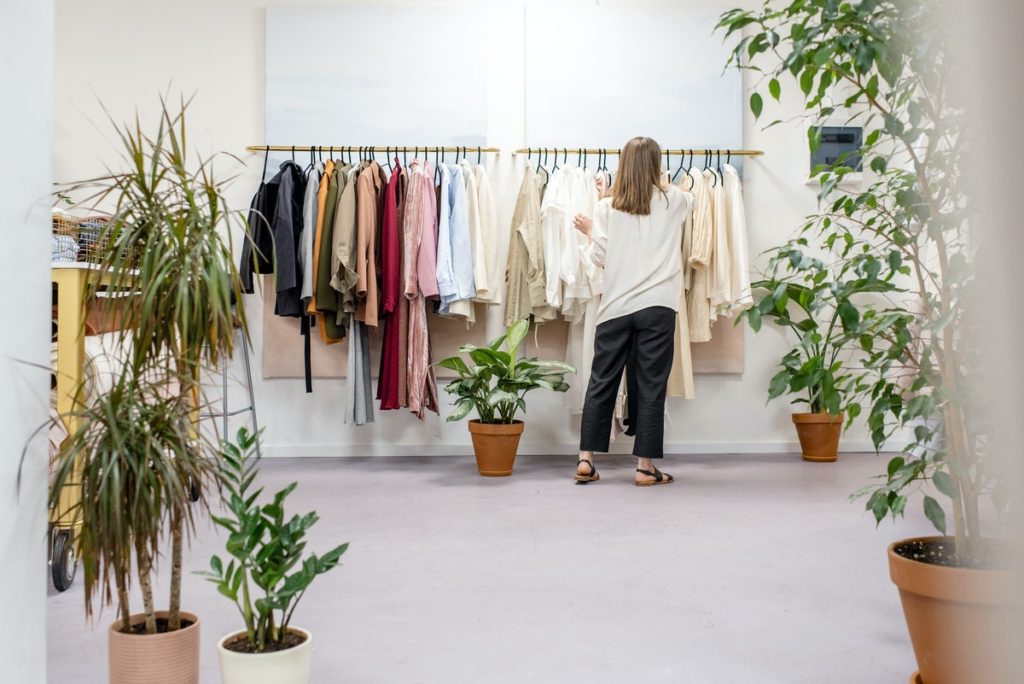Businesses are mandated by the government to follow health and safety protocols amidst the COVID-19 pandemic. However, not much is said if landlords of private residential buildings are required to do the same, and it is unclear if landlords should be held liable if their tenants catch the virus. But regardless of the rules, landlords should take part in making their apartment buildings safer in this pandemic for the sake of everyone on the premises.
We are currently about a year into the pandemic, but it may not be too late for landlords to incorporate these health and safety measures in their building protocols.
1. Post visual reminders in the building
By now, people already know the basic guidelines to protect themselves from the pandemic, including handwashing and social distancing. However, the pandemic has dragged on for too long that some people are starting to get complacent, and are therefore becoming lax on safety measures.
Posting posters or memos with health information on COVID-19 throughout the building should serve as a constant reminder for all tenants. While this measure may seem insignificant, helping people remember to wash their hands and stay six feet away from each other is better than nothing.
2. Upgrade building security and insurance
The economic effects of the pandemic have impacted millions of people in the working class, many of which are from the low-income category. With record-high rates of unemployment, crime rates may increase as people become more desperate for relief.
That said, homeowners that rent out their property must ask themselves again ‘how much insurance do I need for my house?’ while landlords of apartment buildings can revisit the query: ‘should I upgrade my business property insurance?’. It is important to ensure that policies cover theft and damage caused by it, even if the perceived possibility of a crime occurring in the building is low.
Moreover, landlords should also beef up the security on their properties. This could mean upgrading security systems, installing new CCTV cameras, increasing lighting around the property, changing the locks, or employing a security guard, among many other measures.
3. Limit physical interaction between management and tenants
To reduce the risk of virus transmission within the building, landlords should keep non-physical communication lines open and encourage tenants to divert non-urgent matters there. Tenants shouldn’t have to go down to the office just to have someone from maintenance fix a leak in their apartment. Moreover, building staff shouldn’t have to have unnecessary exposure to other people while working.
4. Put up hand sanitizers around the building

Proper hygiene is one of the most effective ways to prevent the transmission of viruses. Building management can help staff, tenants, and visitors alike protect themselves and others from COVID-19 by putting up hand sanitizing stations in entryways, common areas, public bathrooms, the office, and other frequented areas. If there are public bathrooms in the building, soap and hand towels should be topped up regularly to encourage people to wash their hands.
5. Have sanitizing foot baths in all entrances
Shoes can spread coronavirus on floors. So even if tenants use hand sanitizers before entering the building, they could still be inadvertently tracking in the virus via their feet. To avoid this, apartment buildings should have foot baths in all entrances and exits. Footbaths are essentially absorbent material soaked in a disinfectant that sanitizes people’s shoes before they enter the building. Apart from ensuring that there are footbaths in all entryways, management must be diligent in cleaning footbaths regularly and replenishing the solution inside them.
6. Disinfect frequently touched areas
Maintenance staff should disinfect frequently touched areas in common areas periodically, including light switches, door handles, elevators, mailboxes, hand railings, and doorbells.
7. Discourage people from staying too long in common areas
The more people that stay in the apartment lobby, the higher the chance of virus transmission. While common areas are essential amenities in residential buildings, a global pandemic should be a good enough reason for landlords to set stricter rules. For example, the number of people in the common area should be limited so that the six-foot social distancing rule is followed.
For smaller buildings with tiny common areas, restricting access might be the safest option since social distancing may not be doable. Landlords can remove furniture or tape off the area to prevent tenants from using it.
In the middle of a global pandemic, everyone should do their part in helping curb the spread of the virus: property owners and building management included. With these strategies, landlords can protect everyone in the building against the virus, as well as increase their reputation in the process.


